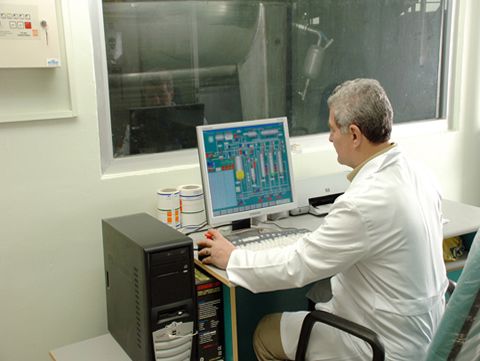
Since 2000, there has been an investment search in the energy sector, and the company began the first research for BIODIESEL production in Turkey. These efforts took inspiration from Germany's biodiesel investments in the 1990s. Over approximately 4 years, the company conducted technological visits and discussions in countries such as Germany, the Netherlands, the United Kingdom, the USA, and Austria. By early 2004, it completed the first international feasibility study on biodiesel production in Turkey in collaboration with the UK Bio Fuel Group and USDA/USA, which was then presented to USDA by our partner.
Additionally, a biodiesel production feasibility study was prepared by our company to be presented to OPET A.Ş. Upon receiving official confirmation that there would be no Special Consumption Tax (ÖTV) on biodiesel, our company initiated the biodiesel investment and completed its investment by the end of 2005, which consisted of PLC control and was entirely made of SS316 and SS304 materials.
Our factory also includes separate production areas where mineral oil and cleaning products can be produced, designed to allow various organic and inorganic syntheses. As a result, in 2005, the company obtained a 30-year mineral oil production license.
With approximately twenty years of refinery experience and our position in the industry, since 1995, through our efforts, we completed our factory capable of conducting Biodiesel and various chemical processes (Condensation, Polymerization, Esterification, Distillation) in 2006. We obtained our license from the EPDK (Energy Market Regulatory Authority) and integrated it into our company.
However, this fuel type consisting of fatty acid mono alkyl esters, an alternative to diesel fuel composed of Biodiesel, has been continuously produced worldwide as a first-generation fuel since the 1990s. Despite the limited rapeseed cultivation area in Germany for Biodiesel production, Germany has maintained its global leadership in production to date. In parallel with this fuel, since the early 2000s, countries like the United States, Germany, France, and some others have been sustainably providing biodiesel production sources from waste oils and vegetable oils. With these sources being of bio-origin and possessing equivalent characteristics to fossil fuels, we began working on biofuels.
For this endeavor, we accelerated our ongoing efforts, believing that second-generation Biojet and Biodiesel could be produced from vegetable oils by closely following the research conducted in the United States, which has been a pioneer in this field, and by actively participating in it. In 2009, we observed the research conducted at Diversified Energy Corporation in America and in 2010, we had on-site discussions with Prof. Dr. Bill Roberts and his team at North Carolina University, where we observed their work. Through the process they named Centia, we became acquainted with the sample Biojet Fuel they obtained.
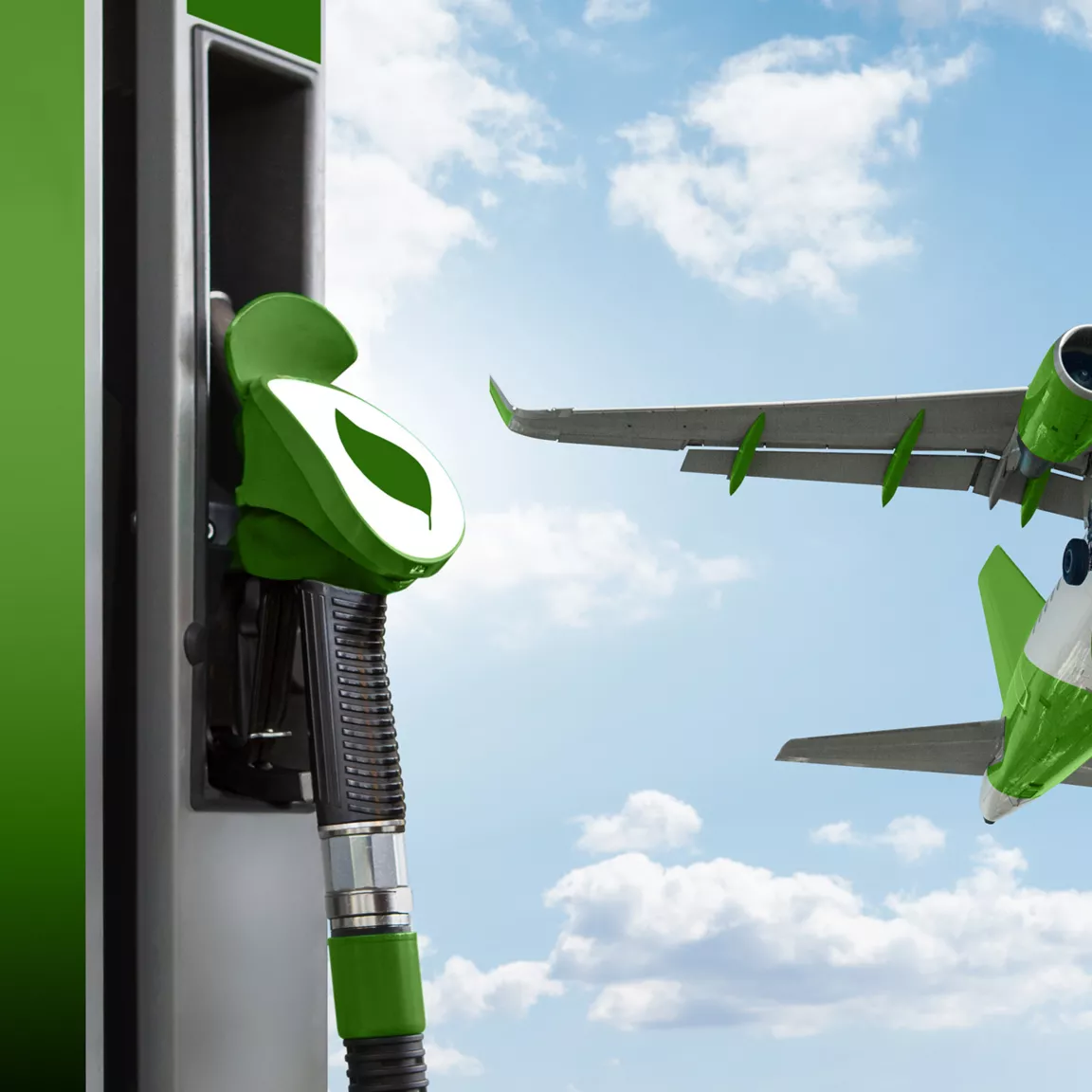

However, emphasizing the need for further steps to be taken for commercial applications, I prepared an executive report and shared it with Mr. Dave Thompson, the President of Diversified Energy Corporation. In this report, I examined over a hundred questions and their corresponding answers that I had personally prepared, considering the operating principles of TCC and FCC units such as H.V.G.O in petroleum refineries, aiming to advance the feasibility of industrial production of second-generation fuel. We concluded that this project should evolve into a state project, as it could be a strategic fuel not only for countries with oil resources but also for those without. We believed that our project research could bring new dimensions to technology by continuing in other countries. It is crucial to choose a process that is suitable for Turkey's structure, one that follows entirely different steps but differs in efficiency. Therefore, in addition to the applicability of the process, its sustainability is also crucial.
The primary similarity between first-generation biodiesel fuel and second-generation Biojet Fuel is their composition of hydrocarbons (HCs). However, while Biodiesel consists of Fatty Acid Mono Alkyl Esters, second-generation Biojet Fuel consists of hydrocarbons boiling between 170°C and 232°C, known as C₁₂ - C₁₄ Middle distillates. They are composed of isoalkanes, isomers, cycloalkanes, and long-chain hydrocarbons. Bio Diesel consists of C₁₄ - C₂₂ hydrocarbons boiling between 232°C and 344°C. These obtained products, being derived from vegetable oils as raw materials, do not contain sulfur and mercaptans. Therefore, there is no need to use units such as sulfur and mercaptan units in refineries.
Biodiesel is a first-generation esterification product, while Biojet Fuel is a cracking product produced using Hydrolytic Conversion Technology with method differences.
The conversion technology can involve low-pressure high-temperature, high-pressure high-temperature, and various catalysts. Some processes may require the use of hydrogen. In some processes, a certain amount of hydrogen is used initially, and then the hydrogen produced during the process can also be used for production. The details of the technology are a matter of "Know-How" and are preserved by the licensing companies developing the technology. Our research, however, continues in a multifaceted manner. The most important and clear aspect is our understanding of both the principles of petroleum refining and other bio-refinery techniques, providing us with a foundation. Thus, our aim is to establish a new bio-refinery technology by combining refinery technology with the conversion process under the same roof.
In one of the technologies, vegetable oils undergo pre-treatment. In the second stage, triglycerides are broken down into fatty acids and glycerin through hydrolytic conversion. In the third stage, they are converted into normal alkanes through decarboxylation. This transformation occurs with a solvent. In the fourth stage, long-chain alkenes are converted into iso-alkenes through isomerization, yielding middle distillates. This process requires hydrogen and solvent, and the conversion technology involving "high pressure-high temperature" requires expensive catalysis.
In conversion technologies, hydrocarbons (H.C) with the structure CnH₂nCOOH are reduced to Cn₋₁. For instance, C₁₇ hydrocarbons (H.C) are reduced to C₁₆, and C₁₅ to C₁₄, meaning they are broken down. C₁₈H₃₂O₂ is converted to n-C₁₇H₃₆. Various catalysts are used in conversion technology. Each catalyst has different effects on different raw materials and affects the conversion efficiency. These formations and researches have been patented. For example, while cracking with Catalyst A yields 5 middle distillates biofuel, an application with Catalyst B may yield higher efficiency middle distillates.

Some thermal catalytic cracking processes can also be carried out with heavy soda. It has been observed that the conversion of soybean and similar oils with NiMo/AL₁O₃ catalysis yields better results. Our research suggests that working with vegetable oils in the C₃–C₁₇ hydrocarbon (H.C) range will result in higher efficiency of biokerosene or biojet fuel. A certain amount of hydrogen source may also be required. Ultimately, the cracking product consists of alkenes, alkyls, cycloalkenes, alkyl benzenes, and their homologues. Since the resulting product from vegetable oils generally does not contain sulfur, there is no need for DEA-Merox units for mercaptans and sulfur compounds.
In some countries around the world, such as the United States, Germany, and China, significant strides have been made in the production of biojet fuel, with companies like Boeing and Airbus supporting biojet fuel. Companies like Virgin Atlantic Airways and Lufthansa have conducted over a thousand test flights successfully. Despite being a major oil-producing country, the United States has recognized biojet fuel as a strategic fuel and has initiated efforts for its production. China has also launched efforts for this project, with Hainan Airlines, one of the Chinese airlines, successfully conducting flights with Boeing using biojet fuel. China has indicated that biojet fuel production and usage will also occur in their country.
One measure to reduce carbon emissions worldwide is to reduce the amount of carbon released into the atmosphere from aircraft fuels. Initiating and subsequently increasing the use of biojet fuel is one way to achieve this. In Turkey, Turkish Airlines (THY) and other private companies pay fines to international environmental funds due to carbon emissions. These companies will not have to pay this fine to a certain extent if they use biojet fuel. It should not be forgotten that aviation expenses, including fuel expenses, exceed those of personnel.
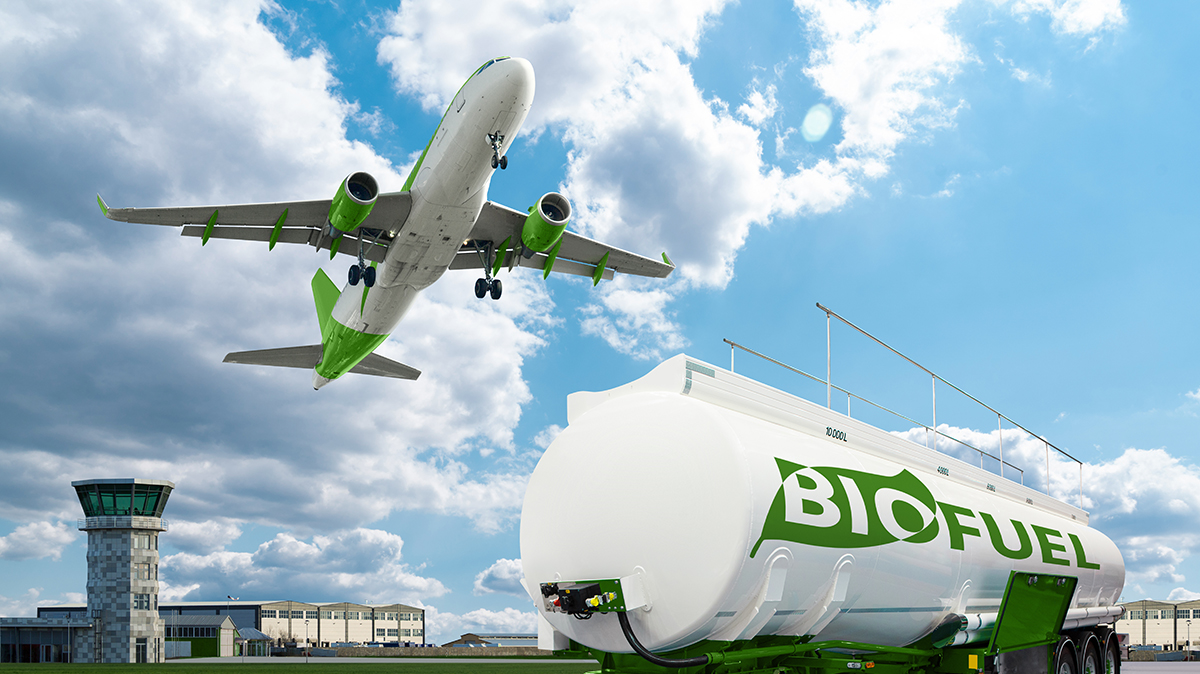
Our studies have shown that with the adoption of our project by the government, which would create real added value, and with the support for the production, it would be possible to implement this project. This project may not align with the interests of companies seeking immediate profits or chasing rent, or with companies benefiting from petroleum itself, its products, imports, transportation, processing, and sales. However, through this project, the production of biojet fuel can directly benefit approximately two million farmers and producers, and indirectly contribute to just as many people. If prosperity spreads, the number of individuals receiving direct assistance from the government may decrease significantly, meaning that a citizen with a high standard of living may not need direct government assistance.
The issue of producing biojet fuel and biomotor fuel has been presented to the relevant authorities of the state, including the Fraunhofer Institute, a German government research company, TPPD officials, agricultural authorities, and other relevant institutions since 2012. Technical inspections have been conducted in Germany and on agricultural fields (rapeseed cultivation areas) in Turkey. These efforts continued until the beginning of 2014, but no decision was made regarding investment.
In summary, our country needs such a project. To accomplish this, we need the support of our government along with a dedicated producer to carry out this project. It took us about 15 years of research and work to reach this point. Success is always achieved through patience, time, hard work, and sacrifice. If this project is implemented on the desired scale, everyone in Turkey will benefit directly and indirectly, and thus Turkey will win.
Our company's biodiesel production capacity is 33,500 tons per year with the possibility of expansion. Existing biodiesel investment can be increased with zero financing. Biodiesel production technologies are divided into three main principles.
1. Batch Production Technology:
In batch production, which is characterized by a discontinuous process, raw materials are mixed under reaction conditions to form esters. For this purpose, sodium methylate or potassium methylate is first prepared in sufficient quantities in a reactor. Then, slowly heated crude or refined oil is added to another reactor.
Ester formation is completed within approximately two hours. The operational efficiency depends on the quality of the oil, type and quantity of catalyst, temperature, and process configuration. Subsequent processes such as separation of glycerin and fatty acids, methanol recovery or distillation, and purification of crude biodiesel are also important. Washing and separation with dry method materials are conducted to remove mono-, di-, and triglycerides and free glycerin from the crude biodiesel. Ion exchange is applied to remove them from the environment, and finally, filtration is performed. If necessary, additives are added to comply with EN 14214 standards.
2. Semi-Continuous Production Technology:
In this production method, part of the process, specifically the reaction part, is carried out in batches while the purification process can be continuous. The processes are essentially the same. The effectiveness of the continuous part is determined based on the efficiency of the process.
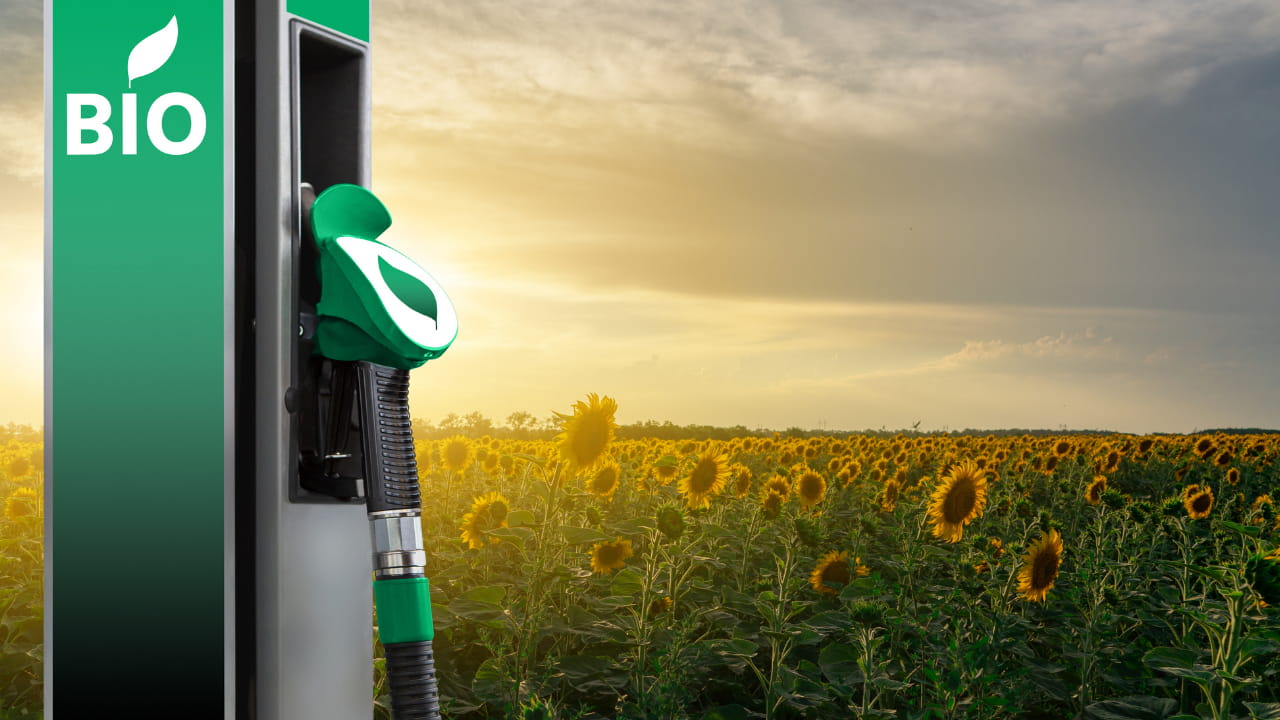
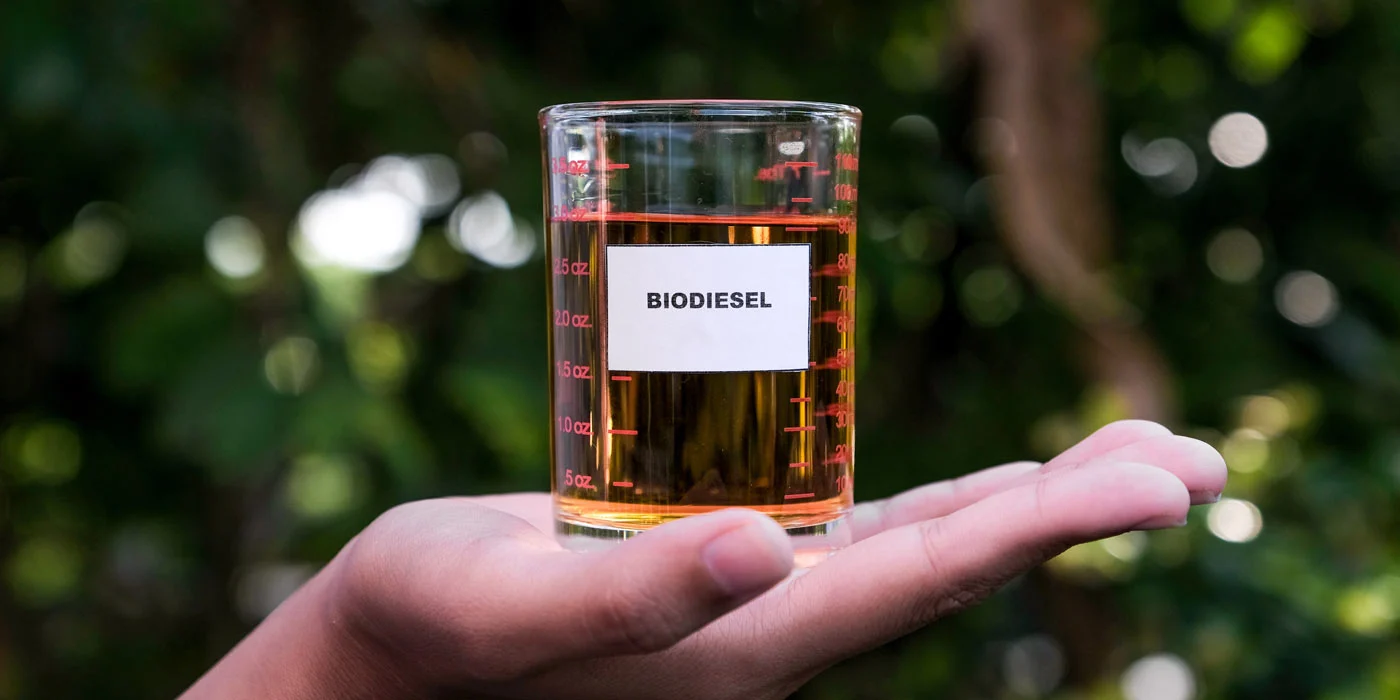
3. Continuous Production Technology:
This technology is typically applied in facilities with capacities exceeding 30,000 tons per year. Raw material sources, as well as the quantity and quality of catalyst, must be highly stable. Otherwise, achieving biodiesel that complies with EN 14214 standards is quite challenging. It must be designed with very good engineering. Biodiesel production is carried out through esterification reaction at 50-60°C using a mixture of sodium or potassium hydroxide with methanol, provided that vegetable oils, animal fats, or frying oils are the main raw materials. However, not every ester is biodiesel. Esters that comply with the EN-ISO 14214 standards, which are accepted as the standard by the European Union (and also valid in Turkey), are referred to as biodiesel. In addition, in Turkey, the EN ISO 14213 norm is referred to as fuel biodiesel.
Biodiesel esterification reactions are carried out with several known methods today. The Conneman process is the most widely used continuous production method in Europe. With the ultrasonic method, it is possible to obtain esters in approximately 10 minutes in biodiesel production. Esterification reaction with a rotational high-pressure pump has been implemented since 2005, but it is not a widely used method. Production using the CO-SOLVENT method was developed by the BİOX company in Canada and is patented. The enzymatic biodiesel production method is an esterification reaction carried out at lower temperatures with special enzymes. However, it has not found much application due to its low ester yield. It is used in special esterification reactions.
In summary, Biodiesel Production consists of 8 operations.
Each operation is subject to different and unique conditions.
Our lubricating oil production capacity is 6,500 tons per year. Lubricating oil production generally involves mixing or blending mineral or synthetic base oils with some additives to produce a product suitable for use in all industries. There is no specific technology for this. All lubricating oil products are generally made using appropriate mixing equipment or through production based on IN-LINE blending. Modern technologies include PLC-controlled systems.
